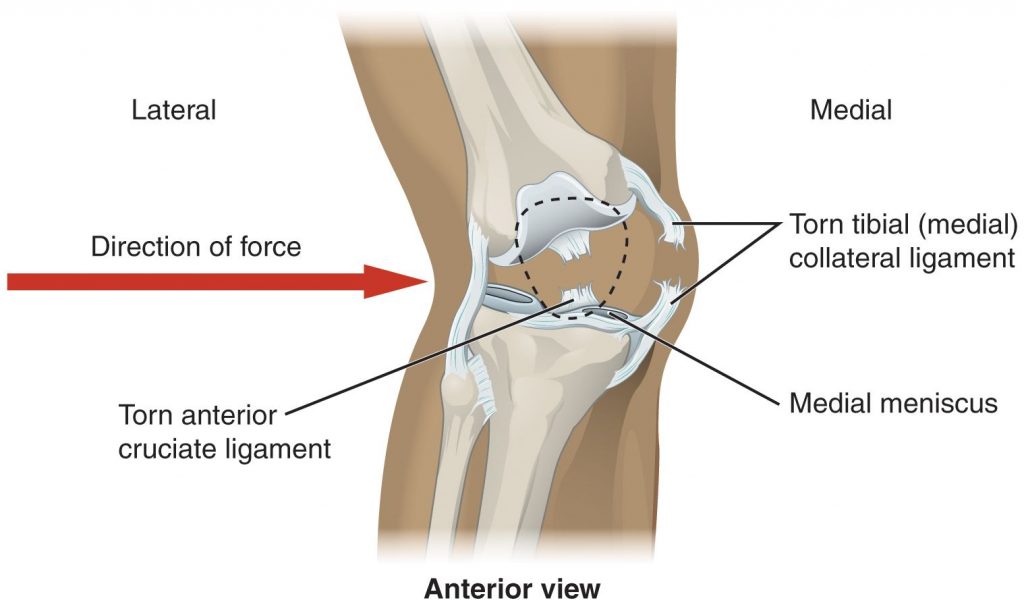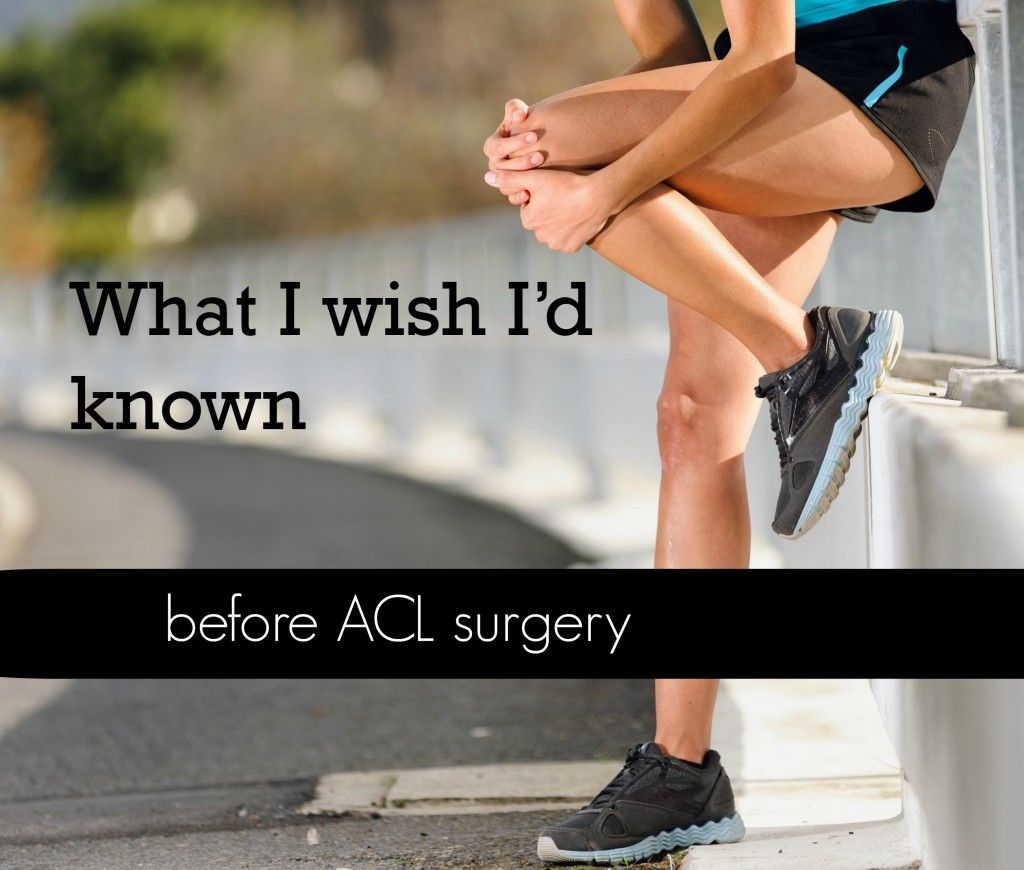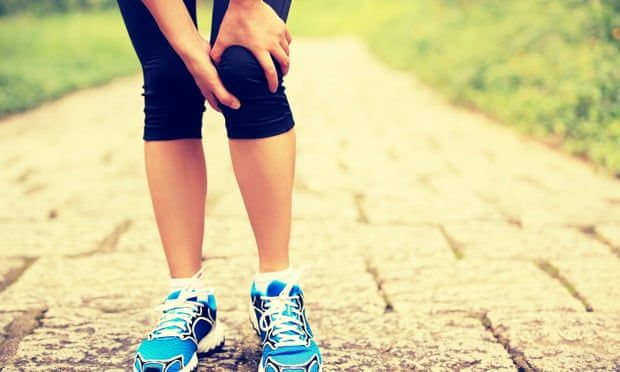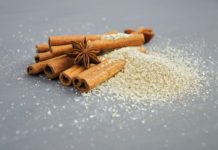ANTERIOR CRUCIATE LIGAMENT
Overview
An ACL injury is tear of anterior cruciate ligament (ACL), one of the most important ligament in our knee. ACL injuries mostly occur in sports or while doing some activities which involve knee movement, sudden stops, change in direction, jumping and landing. Sports which involves this ACL injury is soccer, basketball and downhill skiing.
ACL links thighbone and shinbone, if stretches beyond the limit, results to tear.
When ACL injury occurs, People hear or feel a ‘pop’ in the knee. Knee may swell, become to painful and feel uncomfortable.
Treatment of ACL injury may include rest and curse exercises which helps to regain strength, stability or surgery to replace the teared ligament followed by rehabilitation. Proper training activities may reduce the risk of ACL injury.

ACL is band of tissue that operate through front of the knee joint, connecting the bones and helps to keep knee stable.
Meniscus tear and ACL tear both have same popping sound, causes pain and swelling.
ACL injury is serious injury. Torn ACL usually require reconstructive surgery.
Symptoms

Following are the symptoms of ACL injury:
- Fast swelling
- Plain
- Difficulty in running
- Instability of knee joint
- Uncomfortable in walking
- Soreness around the knee
- Feels that knee may give out
Ligament are strong bands of tissue that holds one bone to another. ACL is the ligament that cross in middle of the knee, connects thighbone to shinbone. that helps to stabilized knee joint.
ACL injuries happen during sports games or activities that put stress on knee:
- Suddenly changing direction and rapid slowing down
- wrong landing from the jump
- sudden breaks
- overstretching of the knee
- blow to the knee, especially form the side
ACL injuries, which are common in sports that involves twisting and turning of the knee, such as
- Soccer
- Tennis
- Football
- Skiing
- Basketball
- Badminton
- rugby
Types of Anterior Cruciate Ligament (ACL):
Doctors categories ACL Injuries with the help of MRI reports as follow:
- Grade-1: ACL can keep the knee stable, but the ligament is overstretched.
- Grade-2: Is also called Partial Tear, that involves ACL stretching to that point that it becomes loose.
- Grade-3: Is called ‘complete tear of the ligament’, that involves ACL tearing in two ligaments and on controlling kneecap.
Risk Factors of ACL injury
- Participating in various sport activities
- Wearing those footwear that doesn’t fit properly
- using poorly sports equipment
- playing on artificial turf floor
Diagnosis for Anterior Cruciate Ligament:
May look X-ray for the bone damage or MRI for soft tissue injury, that causes to damage to ACL.

Treatment of ACL injury
After ACL injury, doctor recommends the following:
- Elevating foot above the level of head
- Applying ice pack
- Taking medicine to reduce the pain
For young and healthy sportsman, doctors recommends them surgery to resume their sports activities.
Surgery of ACL injury involves miniature cameras and small incisions, that procedure is called Arthroscopy.
Probably, surgeon removes the damage portion of ACL and place new ligament. The new ACL came from donor or it may be synthetic.
If doctor doesn’t recommend surgery and knee has to retained stability then following are the treatment may involves:
- Use crutches to keep weight off the knee
- Wearing braces to support the knee
- Doing physical therapy to strengthen muscles in the legs and restore range of motion
Recovery
For sportsman who play sports, it take almost 9-month before they are ready to continue their sports activities. During recovery process, person need to use crutches or knee brace.
Physical exercises is very crucial for the recovery of ACL injury. These exercises can improve:
- Ease in pain and swelling
- Become more flexible than before and expands range of the motion
- Build strength round the knee as well as upper and lower legs
- renew sense of balance.
Prevention
It’s not always possible to prevent ACL injury, following are the tips that are efficient:
- Learning techniques of Jumping, landing, dogging, cutting and pivoting
- Strengthening the Legs muscles
- Strengthening and stabilizing the core, hips and pelvis.

Outlook
Although it takes months to recover but after that person can continue their sports activities.
To minimize the risk for future knee injuries, people can do:
- Physical therapy
- Strength Training
- Neuromuscular training in jumping and turning as well as balnce






















